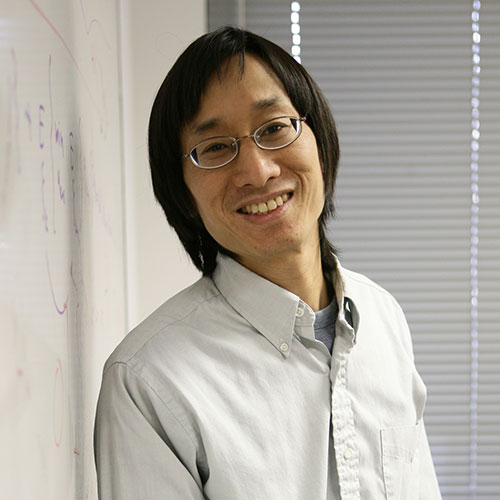Michael Fu

Professor Michael Fu, who holds a joint appointment in the Department of Decision, Operations & Information Technologies within the Robert H. Smith School of Business and the Institute for Systems Research, is an expert on simulation modeling and analysis, particularly Markov chain stochastic models. He and colleagues in China used data from the initial phase of the pandemic in Hubei Province to develop a model that can forecast all the states in the COVID-19 pandemic, including intermediate states (medical observation, mild cases, severe cases, critical cases), and terminal states (discharged from medical observation, cured, deceased). It is currently in use at Jinyintan Hospital in Wuhan.
What part of the pandemic does your research addresses?
Our research addresses predictive modeling for the spread of an epidemic, which can be used to predict the dynamics of quantities such as the number of hospitalized patients.
Why is this kind of research needed?
Such models can aid in allocation of medical resources, especially in hospitals, both for planning purposes and for operational decisions. They can also be used to assess the effects of intervention policies such as lock-downs and social distancing.
Could you describe what your work entails?
We use stochastic modeling in the form of discrete-time Markov chains, whereby the dynamics of the epidemic are captured by a state transition matrix, where states represent patient conditions such as infected and hospitalized. Two of our collaborators are medical doctors in China on the front lines of the outbreak of the pandemic.
How does your work provide part of the solution to the pandemic?
The model was adopted by the first Shanghai assistance medical team in Wuhan’s Jinyintan Hospital, which was the first designated hospital to take COVID-19 patients in the world. Forecasts were used for preparing medical staff, intensive care unit (ICU) beds, ventilators, and other critical care medical resources and for supporting real-time medical management decisions.
What are your future plans for this research?
Currently, my collaborators are looking at applying the models to aid medical resource decisions in the rest of the world, i.e., outside of China.
Top